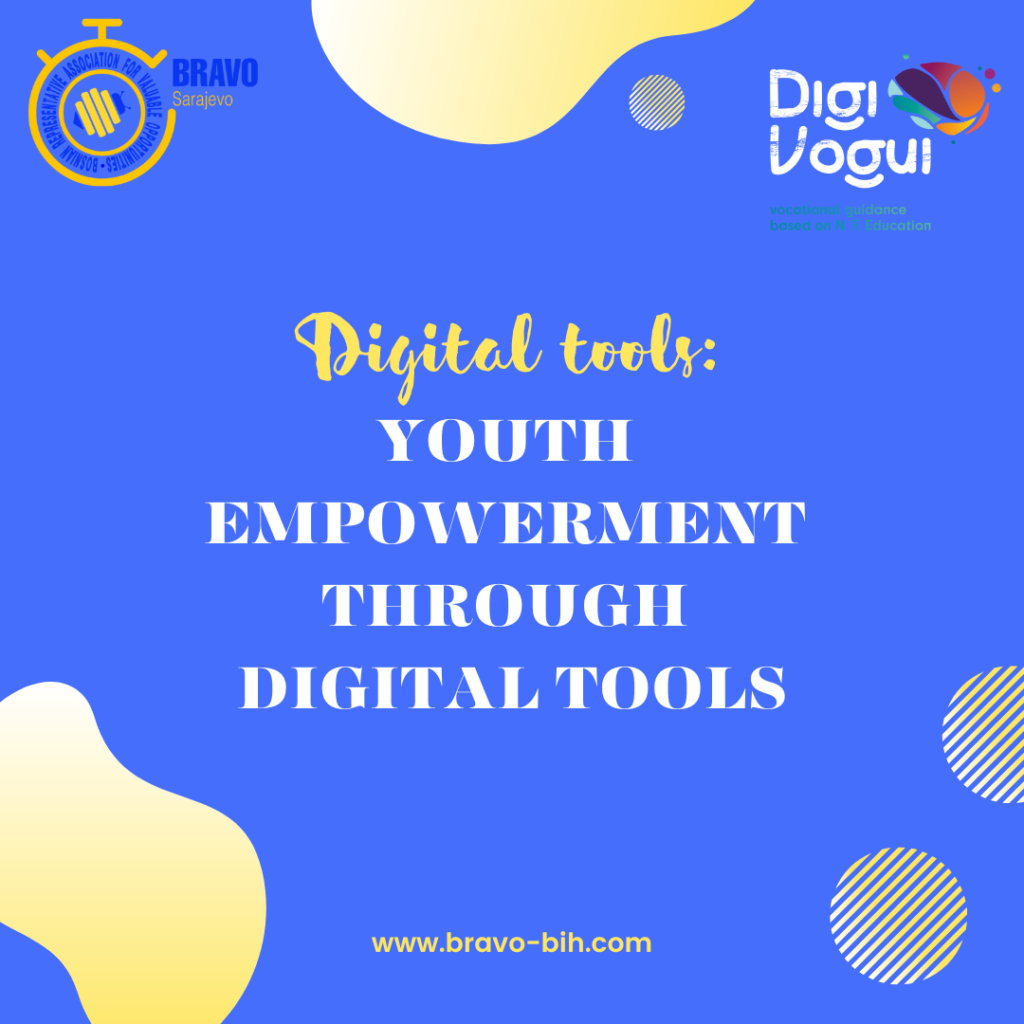
For people born since the late 90s digital technology has always been present. It provides many opportunities that were not available for previous generations. Sharing ideas globally, networking, researching, gaining new perspectives from across the oceans are just some of them. Resources available
online can help transforming attitudes, values and beliefs of youth. This contributes directly to youth empowerment, as it enables taking actions towards improvement of an individual or a community.
But what exactly is youth empowerment? As United Nations Development Programme says, it is enabling the potential of young people with focus on few sectors:
- Inclusive Governance: Young people have a right to influence decisions impacting their lives.
- Meaningful Action: Combating unemployment and leading action for peace-building and development processes.
- Sustainable Future: Innovation thrives through fresh perspectives. Empowering young minds to create a more sustainable, inclusive and peaceful future through mentoring, financial support, and by strengthening global networks.
Let’s now focus on the digital tools that support youth empowerment. One of the examples is a platform called Miro. It is a collaborative whiteboard that allows youth to work together in a virtual space. It provides online space for brainstorming and visual thinking. This platform supports interactive activities for youth working online and meeting face to face. It is the most effective for workshops, brainstorming sessions and project planning.
Another one is Thinkific. It is an online courses website designed for educators and organizations to create and share educational content. It provides a user-friendly environment for young participants to access and engage with structured courses, training materials, and educational resources. It is great if one wants to engage young participants in structured online learning experiences, educational programs, or skill-building workshops. It is suitable for a wide range of youth empowerment actions, such as training, personal development, and remote learning. Other examples of digital tools used for youth empowerment are social media platforms we all use, including Instagram, X (Twitter), TikTok, Facebook. These websites enable youth to raise awareness, share their stories, and mobilize support for causes they care about.
Also fundraising sites like GoFundMe and Kickstarter empower youth to fund their projects and initiatives through community support. It is a tool used to promote entrepreneurial skills like active citizen participation, engaging communities and budget drafting.
Summing up, digital tools have a great role in youth empowerment, enhancing engagement and skills. Digital resources can foster a sense of agency and community among young people, equipping them to drive positive change. Using mentioned platforms, youth is provided with resources for developing competencies needed for creation of a better future.
